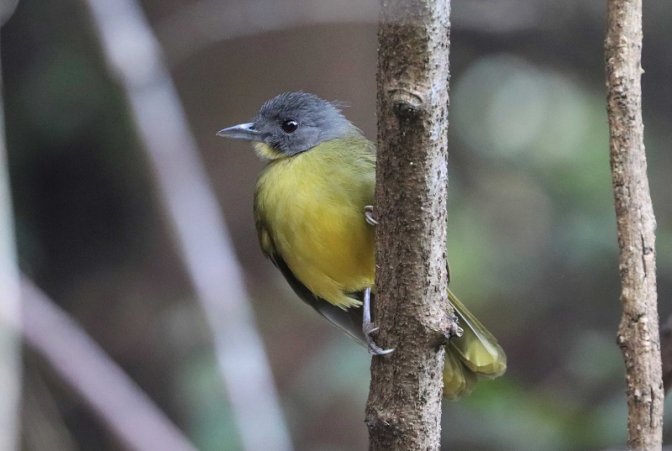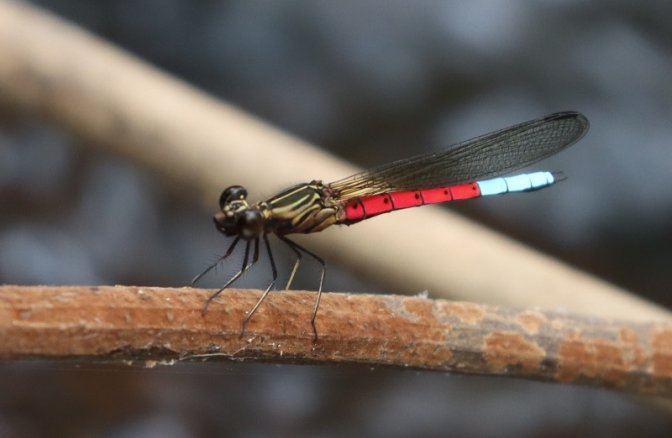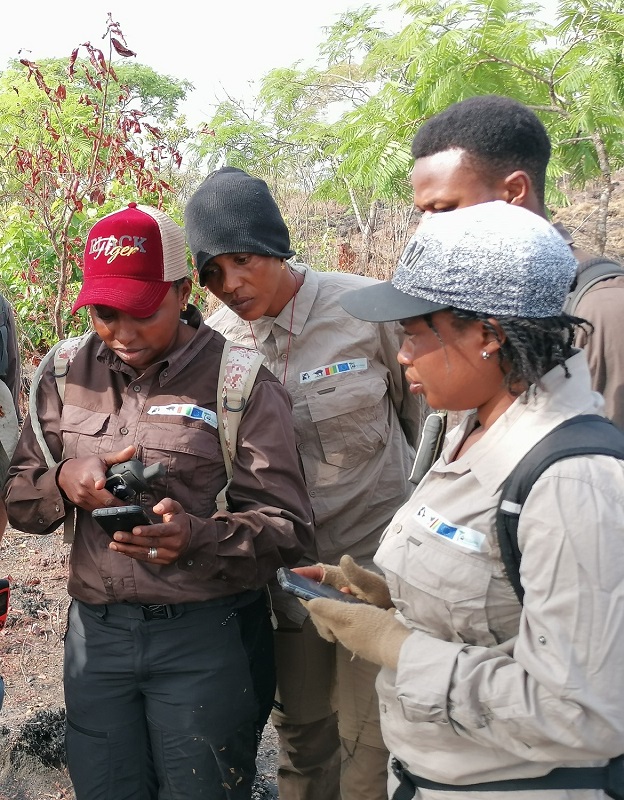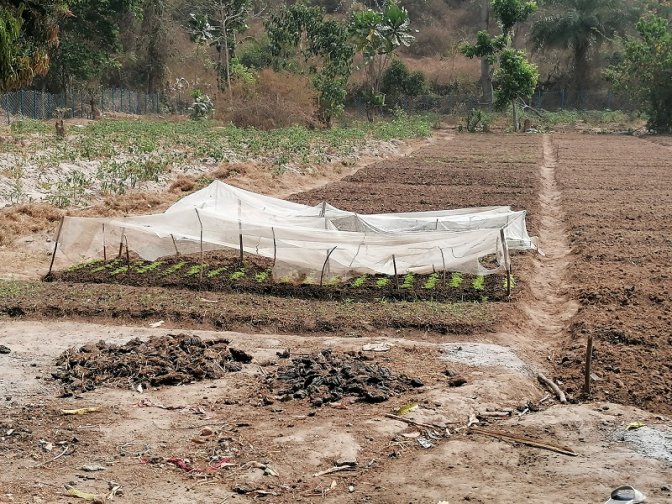Home / Landscapes / Outamba - Kilimi - Kuru - Pinselli - Soyah / OKKPS Protected Areas / Focus on the Pinselli and Soyah Classified Forests (OKKPS)
Focus on the Pinselli and Soyah Classified Forests (OKKPS)
Location
The Pinselli and Soyah forests are located in Guinea, south-east of the town of Mamou, in the region of Moyenne-Guinée, Mamou Prefecture. The two forests are very close to each other and are protected as Classified Forests. With an area of 13 000 and 8 400 ha respectively, they consist of dry forests on undulating and rocky terrain at the higher elevations (Soyah forest reaches heights of over 900m in altitude). Along the rivers, denser and higher gallery (corridor) forests form cooler and wetter environments.
These forests are managed by the Office Guinéen des Parcs Nationaux et Réserves de Faune, with a base in the village of Soyah.
Both forests are close to the border with Sierra Leone and notably to Outamba National Park. Together, this mosaic of protected and rural areas form the Outamba-Kilimi-Kuru-Pinselli-Soyah transboundary landscape, better known by the acronym OKKPS.
Biodiversity
The Pinselli-Soyah area, together with the adjacent Sabouyah area, is recognised as an area of high biodiversity value. Initial inventories in 2011-2012, complemented by ongoing inventories under the PAPFor programme, have confirmed the presence of critically endangered species such as: forest elephants, West African chimpanzees, various monkey species, the giant pangolin and various bovid species. The high density of chimpanzees represents one of the highest conservation values. A few large carnivores such as leopard and lion remain, while the patches of dense forest and gallery forest in this area represent the last refuges for species more typically associated with the dense forests of Upper Guinea.



The presence of typical forest species, typical savannah species and transitional species is one of the major conservation values of the OKKPS landscape, and is unique among the landscapes supported by PAPFor.
Pressures and responses to threats
The main pressures on the forests of the Pinselli and Soyah region are bushfires, agricultural expansion and hunting.
The PAPFor programme, implemented by the Wild Chimpanzee Foundation, is working on several fronts to ensure that conservation and development coexist. A programme of inventories and monitoring of fauna and flora (bio-monitoring) allows for a better understanding of the forests’ biodiversity and species densities and distribution as well as of any signs of hunting or other human activities that threaten them. Among the eco-guards carrying out this work, an all-female patrol regularly covers the area and uses the opportunity to meet village inhabitants in order to raise awareness of nature conservation and to encourage respect for the law.

Another major component of WCF/PAPFor’s intervention is providing support to encourage a transition from slash-and-burn to mulch-based agriculture. These activities include explaining and promoting various techniques that enable higher yields on small permanent cultivation sites. This allows farmers to stabilise their farming areas and avoid cutting further into forests to establish fields. In addition to composting techniques, natural fertilisation, plant protection etc., fences are erected around plots to protect crops from domestic and wild animals. Support for the development of beekeeping on the edge of the forest also allows villagers to secure additional income, encouraging them to protect the forest against fire and shifting cultivation.

An extensive forest conservation awareness programme uses a variety of methods suitable for the local context: sets of pictures, environmental clubs in schools, radio and TV broadcasts, posters and information boards, and talks in villages.
Support for existing and future protected areas
In addition to the bio-monitoring patrols, the programme works with the Office Guinéen des Parcs Nationaux et Réserves de Faune (OGPRF), which has a mandate to ensure the effective protection of the classified forests of Pinselli and Soyah, and to prepare an ambitious programme for the creation of the Pinselli-Soyah-Sabouyah National Park.
The programme supports patrols to ensure compliance with environmental laws in and around the classified forests. It also provides technical support for the development of management plans and monitoring of management effectiveness through training and IMET (Integrated Management Effectiveness Tool) evaluation.
Bio-monitoring work focuses on the area between Pinselli-Soyah and the border with Sierra Leone, with a view to establishing a National Park ensuring connectivity between these protected areas and the Outamba National Park in Sierra Leone. Coupled with socio-economic surveys and participatory land mapping, numerous discussion sessions are taking place with camps and small villages to ensure the support of neighbouring communities. This co-creation also aims to ensure that the process is inclusive and respects the principles of Free, Prior and Informed Consent for the creation of a new protected area.

